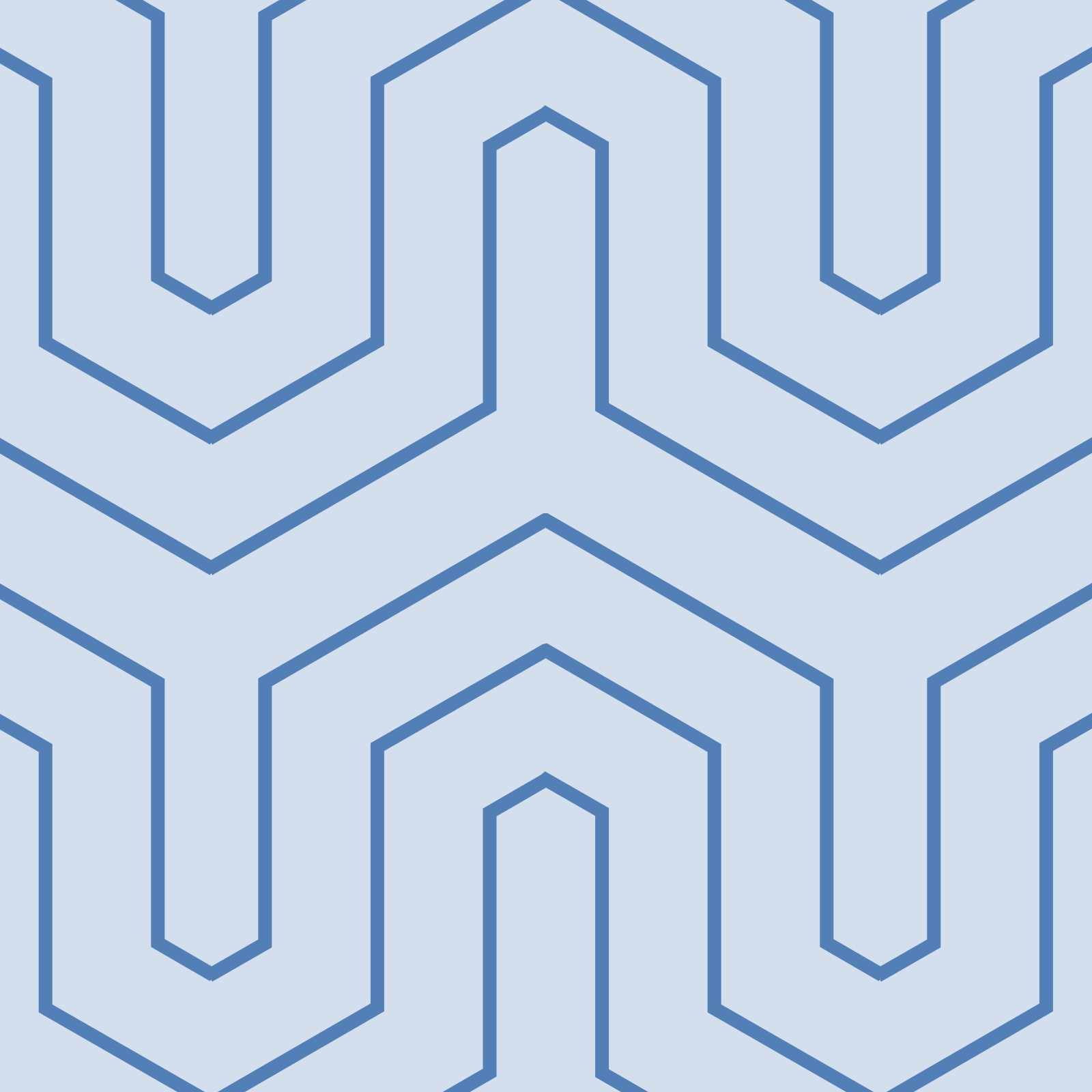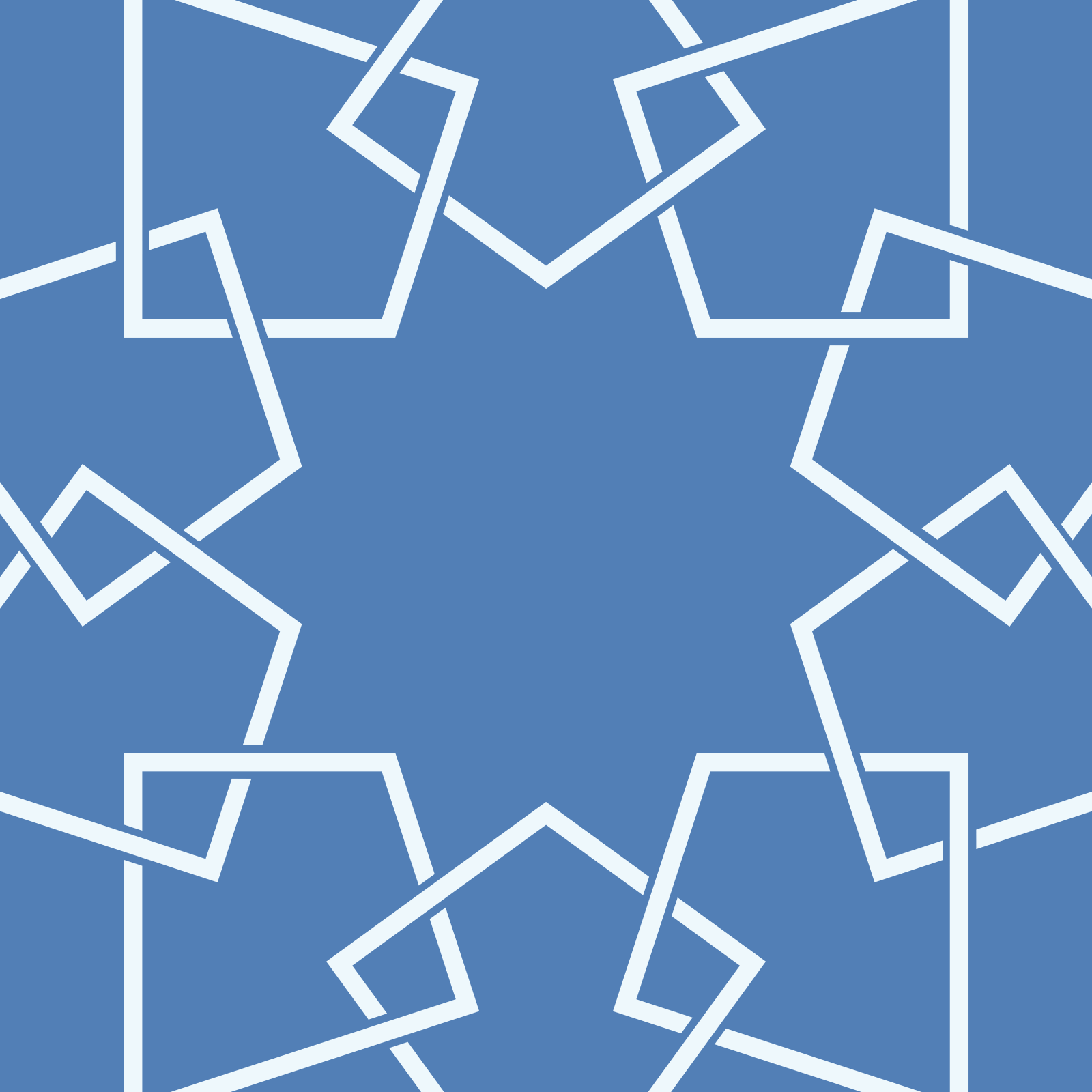7 tricks to designing a memorable Islamic economy brand
Creative entrepreneur Peter Gould expounds on what it takes to build an Islamic economy brand that resonates with the world
At a workshop on October 29, 2018, organised by Dubai Fashion and Design Council as part of the Islamic Economy Week, Australian designer, entrepreneur and artist Peter Gould took participants through the steps of dazzling the world with brands.
1. THINK ABOUT IT
“We’re surrounded by brands, and we have our favourites,” said Gould. He recommended taking the time to deconstruct why you like the brands that you do. “Take time to understand why we have feelings and connections to a particular clothing or technology brand.” This becomes part of foundational thinking about your own brand. If it helps, write down the favourite attributes of the brands that you and your team love.
2. LOOK FOR CONNECTIONS
Gould asked: what are the commonalities in the Islamic economy that connect the threads between various Muslim-majority countries, which are as diverse as the world? “There are trends, patterns and aspirations that connect Muslims from Indonesia to Istanbul,” said Gould. These could be “spiritual aspirations, what parents would like for their children, and the things that they value and treasure”. It’s important that your brand has a heart that is authentic and touches people at a deeper level regardless of where they are located geographically. This is particularly relevant for the Islamic economy, which is very diverse.
3. MAKE IT ABOUT YOU
Your idea for a brand should not be detached from what is important to you, your faith and your culture; it should follow your standards of excellence. “Don’t just try to create a popular app with many users but infuse your startup with a deep sense of purpose,” he said. “This is about how faith can influence decisions about your brand.”

4. TAKE YOUR TIME
Success is 90 per cent preparation. Gould and his team brought home this point via a case study of the Salam Sisters dolls, which were two years in the making and launched only a couple of months ago. The dolls are well-etched, fun, and culturally diverse and motivated characters, designed to capture the hearts and minds of young girls for years. “There is a whole process of developing the idea through many versions before launching it into many Islamic economy markets,” Gould said.
5. GO ON A PRODUCT DESIGN JOURNEY
Much of product design comprises observing and learning. While designing Salam Sisters, Gould’s team spent time with children in the age range of five to nine years. “We wanted a product that children keep using, not just unpack and put away. We wanted to give them high-value play,” said Gould. A part of the process was designing a head scarf that lent itself to experimentation and play with little fingers. “Each box now has two styles, and kids interact with them. It was simple, but no one had done it before.”
6. GIVE YOUR BRAND A VISUAL IDENTITY
Visual design is more than what your eye finds appealing. Gould says much of intentional design taps into archetypes. “Think of your brand as a person. What attributes would it have if it were a person: would be it fun, friendly and cheerful or serious and refined?” A modern, abstract or minimalist design may work for a smartphone brand, but for little girls, a colourful design that evokes an immediate sense of familiarity may be more effective.
7. CREATE AN EXPERIENCE, NOT JUST A PRODUCT
All this leads to the insight that the best-loved brands are those that fit our lifestyle. Think of five words that characterise your brand. Salam Sisters, for example, is associated with being “empowering, inspiring, representational, inclusive and diverse.” This goes into their making; each doll has its own character, including one that wants to be an astronaut.
They come equipped with technological tools that children today take for granted, such as an augmented reality playmat and an app. The lesson here is that a brand can seamlessly fit into your life if the core values are sustainable and universal. “The brand should speak to people from San Francisco to Saudi Arabia, Indonesia to Bahrain. The product is representative of the Islamic economy. And it cuts across cultures to teach diversity, so it’s popular with non-Muslims as well.”
© MySalaam.com 2018 All rights reserved

White Paper Media